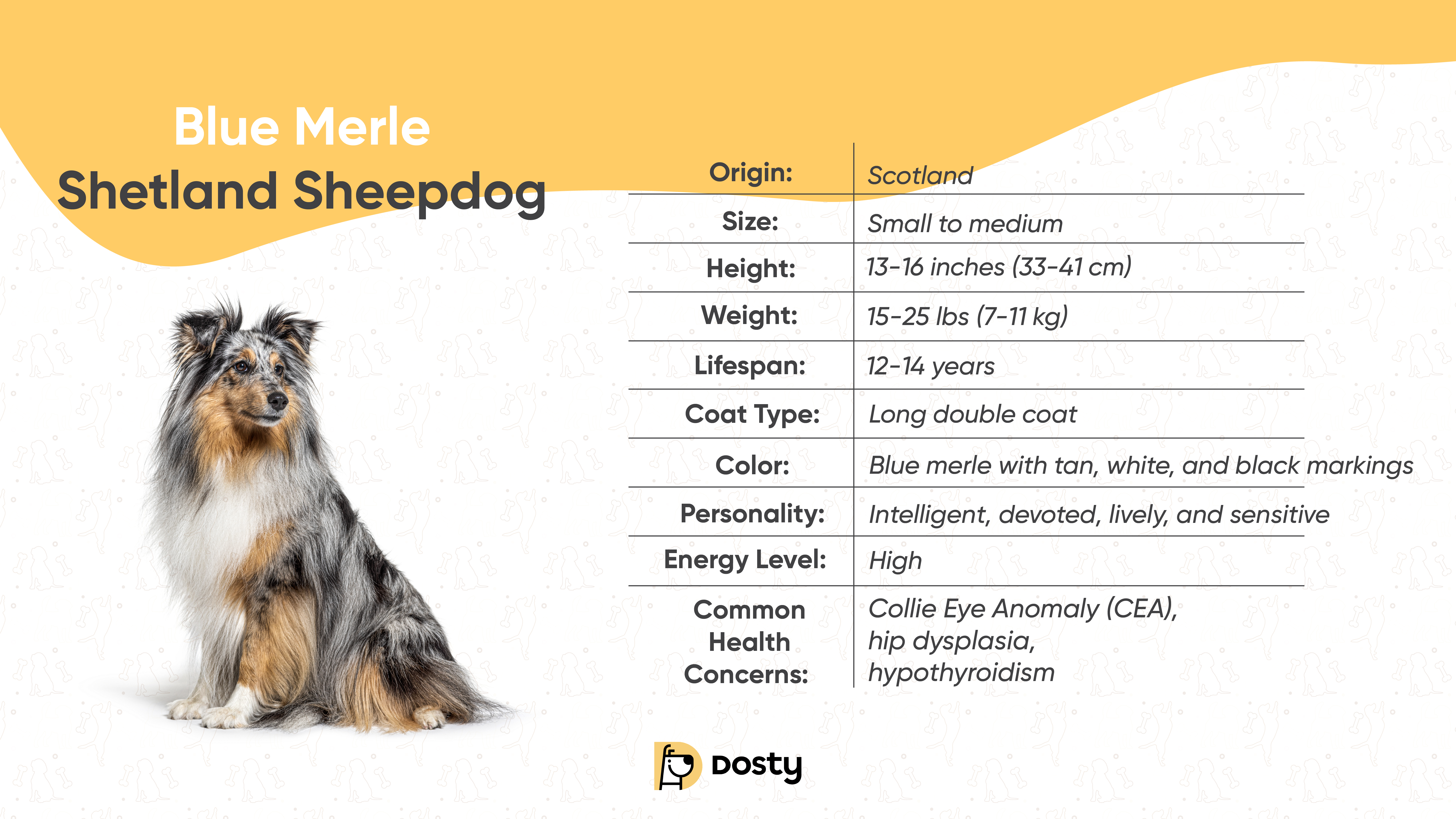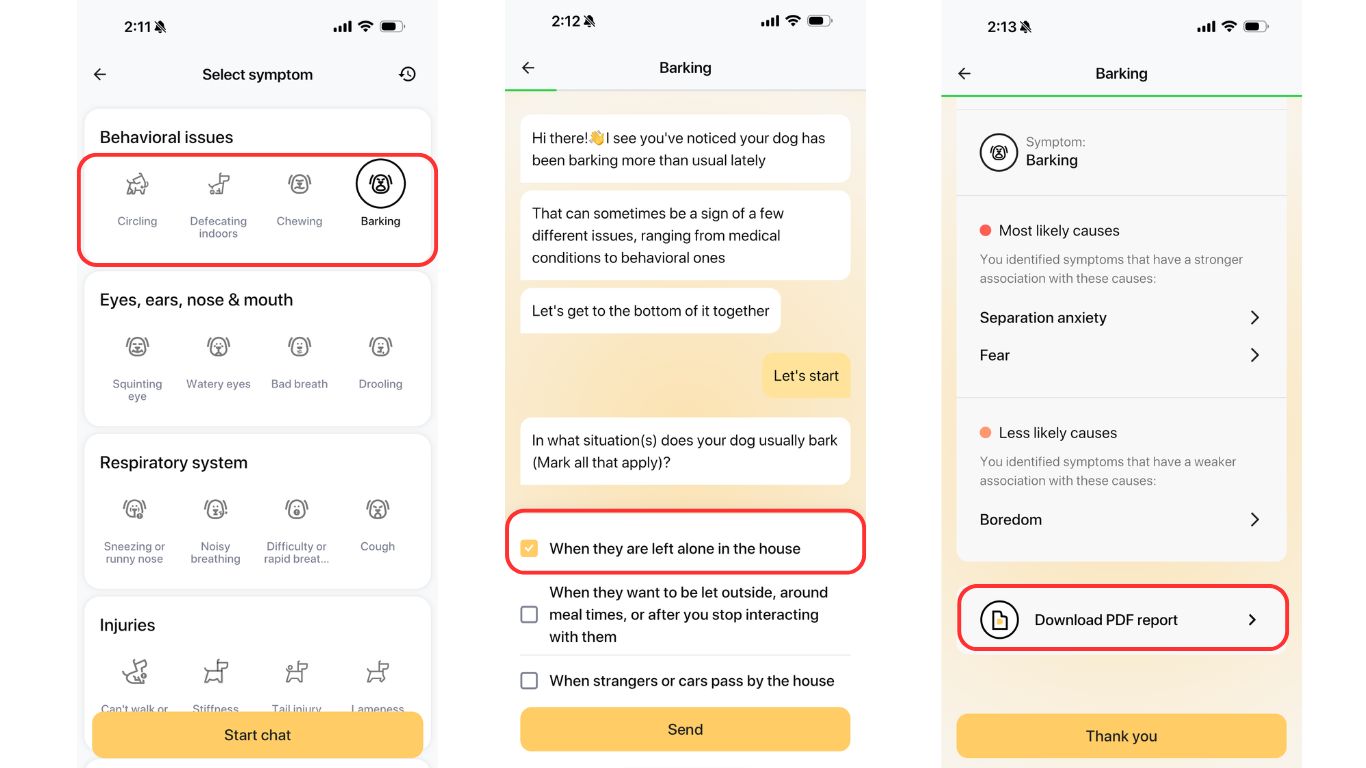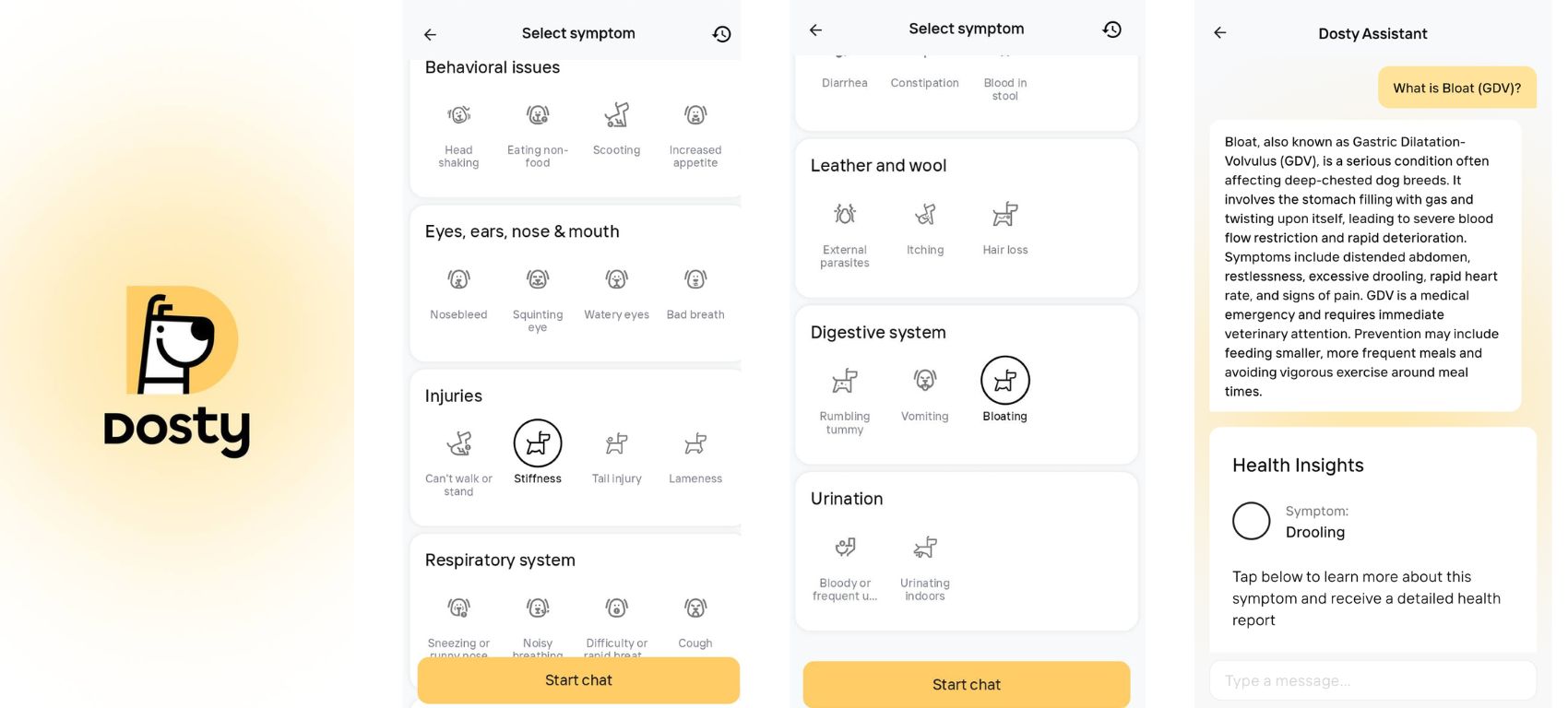On this page
About Blue Merle Shetland Sheepdogs
Blue Merle is a rare coat type, accounting for less than 10% of the Shetland Sheepdog breed. Their blue-gray marbled coat is due to the merle gene, which requires close management of breeding lines to avoid health problems. Ethical breeders also avoid double merle pairings to prevent blindness and deafness. They are prized for their rarity and beautiful coloration.
📖 The AKC says Sheltie color genetics is a supervised procedure that breeders follow to guarantee healthy puppies.
Shelties were bred in the 1800s on the Shetland Islands of Scotland for livestock herding. They trace their lineage to Rough Collies, Border Collies, Icelandic Sheepdogs, and King Charles Spaniels, which bestow intelligence, agility, and a good work ethic. Other than this, Blue Merle Shelties are the same as any other Sheltie.
💡 Quick Facts About Blue Merle Shetland Sheepdogs

Providing the correct care and training, Blue Merle Shelties can be loving and loyal companions.
👉 Get the right tools to care for your rare Blue Merle Sheltie!
Is the Blue Merle Shetland Sheepdog a Unique Breed?
No, Blue Merle Shelties are not genetically different from other Shetland Sheepdogs — they just happen to have a rare coat color. The merle gene lightens black pigment, creating a blue-gray mottled effect, which can lead to blue or bi-colored eyes. They are just as intelligent, loyal, and sheepdoggy as any other Sheltie so they are just as equally suited to performance and obedience training. The UKC (United Kennel Club) recognizes breed standards for this type of working dog in herding.
Explore another rare breed! Meet the Special Seal and White Shetland Sheepdog.
_1744024348.webp)
Are Blue Merle Shetland Sheepdogs Good for Families?
Yes, Blue Merle Shelties are an affectionate, sensitive, intelligent and highly trainable breed, making them good family pets. They are non-aggressive, gentle and loyal make them a great breed for families with children. They are protective and tend to become vigilant protectors of their home and people.
Blue Merle Shelties do best with active families who can provide regular exercise, mental stimulation, and ongoing training. They do well in homes that give them plenty of attention and organized activities. Families with children should teach gentle interactions, since Shelties have a herding instinct and may attempt to nudge or guide movement. They tend to get along well with other pets in the home, particularly when socialized early. However, they may not be suited for very busy households that cannot spare time to train, exercise and spend time with them.
Do Blue Merle Shetland Sheepdogs Enjoy Playtime?
Yes, Blue Merle Shelties are very active and playful dogs that require mental and physical stimulation. Being originally herding dogs, they are naturally active and love to run, chase and play interactive games.
Play Activities for Blue Merle Shelties:
- Fetch & Frisbee – Ideal for energy expenditure and focus and coordination improvement.
- Agility training – Shelties do well at obstacle courses and it builds their speed, intelligence and problem-solving.
- Cognitive Enrichment – Interactive food puzzles will keep them mentally stimulated and help with boredom.
- Outdoor Activities – Their endurance allows to be great partners on outdoor adventures like hiking & long walks.
- Herding Games – Playing with balls or moving toys simulates their natural herding tendencies.
- Social Play – Shelties enjoy interacting with humans and dogs alike, so dog parks and playdates are fun.
When they don’t get enough exercise, they can develop boredom-related behaviors such as excessive barking or destructive chewing. Regular playtime and mental stimulation keeps them happy and obedient.
Sick of the barking and pent-up energy❓
Blue Merle Shelties require even more than a walk. They crave purpose and play. And with Dosty’s behavior insights and symptom checker, you can practically discover why your Sheltie is acting up and get expert-approved solutions to restore harmony at home.
👉 Try Dosty today and channel that energy in all the right ways.

Do Blue Merle Shetland Sheepdogs Have Specific Dietary Needs?
Yes, Blue Merle Shelties require a high-protein diet with essential fatty acids and antioxidants for boosts in both energy and brain function, as well as to maintain coat health. They feast on lean proteins such as chicken, fish, and lamb to get the muscle-building amino acids necessary for their active lifestyle. Omega-3 and Omega-6 fatty acids help keep their double-layered coat shiny and soft and skin hydrated.
Essential Nutrients for a Blue Merle Sheltie’s Diet:
🥩 Quality Protein – Chicken, fish, and lamb deliver the amino acids required for muscle growth and sustained energy. Select only whole meat, not meat by-products.
🐟 Healthy Fats (Omega-3 & Omega-6) – These come from salmon, flaxseed, and fish oil – they help in keeping a soft coat, decreasing inflammation, and brain health.
🥦 Antioxidant-Rich Vegetables & Fruits – From immune-boosting apples and carrots that help you see better to spinach that aids in digestion, blueberries almost broke the Internet several years ago by becoming a superfood.
🥔 Complex Carbohydrates – Brown rice, sweet potatoes and oatmeal provide slow-burning energy to keep Shelties active and full longer.
🐾 Joint & Bone Support – Glucosamine from green-lipped mussels or bone broth helps provide protection for joints and reduces arthritis for active shelties.
Feeding Tips for Blue Merle Shelties:
✅ Choose premium food with real meat as the first ingredient.
✅ Include fish oil for skin and coat health.
✅ Learn to control your portions in order not to gain weight.
✅ Free from artificial additives and low-quality fillers.
✅ Make sure there is fresh water available all the time.
🥦🥩 The goal for any Blue Merle Sheltie should be a long, happy, and healthy life. And from real meat proteins to joint-supporting additions to their diet, every bite counts, especially for an agile, double-coated breed like this.
Make better food choices to fuel your Sheltie’s health.
📲 Track meals, avoid fillers, and feed smart with Dosty.

Are Blue Merle Shetland Sheepdogs Easy to Groom?
Yes, Blue Merle Shelties have a thick double coat that needs regular grooming attention. Their protective outer coat resists dirt, and their dense undercoat sheds profusely two times a year, therefore they need frequent brushing to keep from matting and tangling. Owners will need a slicker brush and an undercoat rake to control loose fur and minimize shedding.
Grooming Routine for Blue Merle Shelties:
🖌️ Brushing (3-4 times a week) – Once the majority of loose fur has been removed and you’re not getting mats, slicker brush and undercoat rake. Brush more often – daily, if needed during seasonal shedding.
🛁 Bathing (4-6 weeks) – A gentle, dog-safe shampoo will help keep them clean and fluffy. Don’t over-bathe, which can remove natural oils and lead to dry skin.
✂️ Trimming (As needed) – Trim fur on the pits of the paws, ears, and sanitary areas to help it from harboring dust and matting. Frequent trimming maintains their neatness and comfort.
🦷 Teeth brushing (2/3 times per week) – Use dog specific toothpaste to prevent plaque (bad-breath!) Dental Chews: These can help with keeping the mouth clean!
👂 Ear Cleaning (Weekly) – Inspect their ears for wax buildup, dirt, or signs of infection. Keep their ears healthy and avoid stinky ear with a vet-approved ear cleaner.
✂️ Clipping (Every 3-4 weeks) – Keep their nails trimmed to avoid painful overgrowth that can interfere with their posture. When you hear clicking on the floor, it’s time for a trim.
🏥 Professional Grooming (Every 2-3 months) – Regular grooming at home is important, but a professional groomer can do a deep clean of your puppy’s coat and trim it well.
🎧 Are you having a hard time keeping your Sheltie’s ears clean❓
You’re not the only one. All that fluff grabs dirt quickly and ear infections are no fun for anyone.
It's not just grooming tips with the Dosty App you get:
✅ Expert-led grooming videos and step-by-step articles
✅ Reminders for brushing, nail trims and cleaning ears
✅ Use symptom checkers to catch problems early
✅ Learn more about breed-specific care and training tools
✅ Get a companion with other Sheltie owners who are going through the same thing
📲 Sign up for Dosty and have everything you need to take care of your Sheltie in one app.
Do Blue Merle Shetland Sheepdogs Have Health Issues?
Yes, while Blue Merle Shelties are generally healthy and active, they can be prone to genetic health conditions, especially those associated with the merle gene and Sheltie lineage. Regular veterinary care, genetic testing, and a proper diet help reduce health risks and improve their overall well-being.
Common Health Concerns for Blue Merle Shetland Sheepdogs:
1. Collie Eye Anomaly (CEA)
A common inherited condition in Shelties that affects the retina and can lead to vision issues or blindness.
What to do: Schedule regular eye exams and consider genetic testing to detect early signs.
2. Hip Dysplasia
This joint issue can cause pain and mobility problems, especially as your dog ages.
What to do: Keep your dog at a healthy weight, give joint supplements, and stick to moderate, joint-friendly exercise.
3. MDR1 Gene Sensitivity
Shelties with the MDR1 gene mutation may have severe reactions to common medications.
What to do: Ask your vet for a genetic test and avoid medications that could trigger adverse effects.
4. Deafness (in Double Merles)
Blue Merles bred from two merle parents can be at risk for congenital deafness.
What to do: Get early hearing tests and, if needed, train using visual cues and keep their environment safe.
Are you concerned about Blue Merle Sheltie health problems❓ Many owners don’t anticipate the genetic risks associated with their beautiful coat.
Dosty takes away the guessing games. Track early signs using the Symptom Checker, access expanded health insights and receive personalized guidance based on your dog’s breed and needs.
✅ Prevent health issues before they happen
✅ AI Assistance to get the answers quickly
✅ Printable reports for your veterinarian
📲 Start with Dosty to get your Sheltie safe and healthy and happy.

FAQs About Blue Merle Shetland Sheepdogs
1. Are Blue Merle Shelties More Priced?
Yes, being rare and genetically complicated, they are expensive, running $1,500–$3,000, depending on health clearances and breeder reputation.
2. Are Blue Merle Shelties Heavy Barkers?
Yes, they have a tendency to be vocal and may bark due to boredom or guarding behavior. Excessive barking can be trained out.
3. Are Blue Merle Shelties Apartment-Friendly?
Yes, but they require regular exercise and mental stimulation to remain calm. They go on daily walks and playtime helps control their energy levels.
4. Do Blue Merle Shelties Shed a Lot?
Yes, they do shed throughout the year and have a heavy seasonal shedding. Regular brushing manages loose fur and prevents matting.
5. Is the Blue Merle Sheltie Hypoallergenic?
No, their double coat creates dander which can cause allergies. Regular grooming, hair filtration ensures decreased allergens.
Conclusion: Is the Blue Merle Shetland Sheepdog a Good Choice?
Blue Merle Shelties are loyal, intelligent, and affectionate dogs that go well with active households. Their unique appearance, energetic personality and trainability makes them an excellent companion, but their exercise, grooming and health needs demand dedicated attention. They are well-suited for owners who can dedicate time for regular activity, training and coat-handling.
Have a Blue Merle Sheltie or considering getting one? 👉 Find the secrets to keeping them happy, healthy, and thriving day after day!


